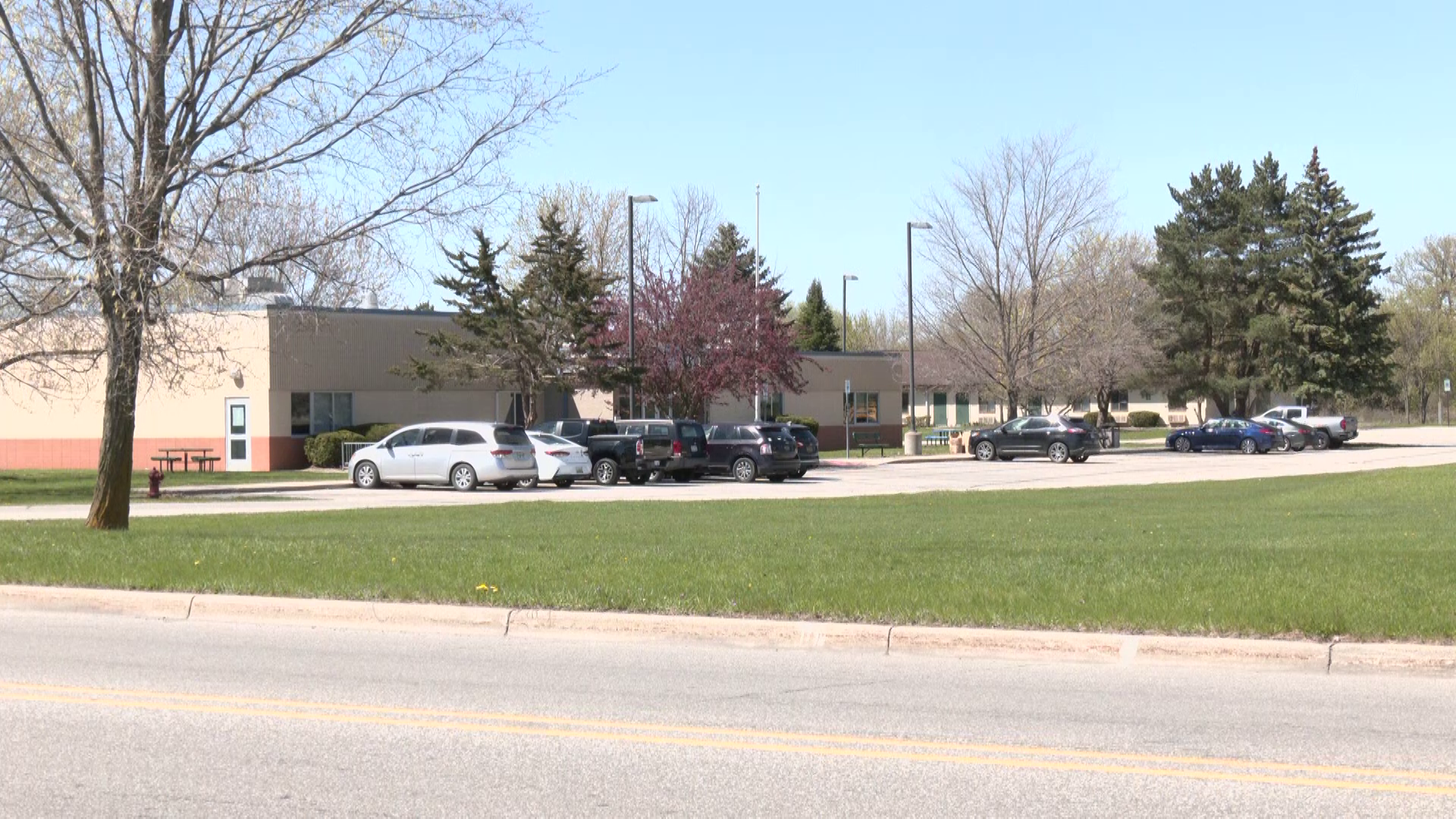
Science is all about trial and error and unfortunately, this experiment did not work as planned. In theory, the egg should have properly cooked, but the egg white absorbed into the black paper before having the chance! If this would have been done during peak daytime heating on an 85 to 95-degree day, one could count on having eggs for dinner! Sammy Jacques wants you to all give it a shot and see if you can cook the egg!
Engineering a Solar Oven
Items needed:
- Utility knife
- Aluminum foil
- Plastic wrap
- Shipping tape or black electrical tape
- A sheet of black paper or black trash bag
- A wooden skewer or pencil
- Warm, sunny day (The hotter the better)
- Graham crackers, marshmallows and a chocolate bar.
The Science Explained:
This experiment allows you to build your very own outdoor solar oven with simple household items. On a hot sunny day, this makeshift solar oven will heat up to about 160 to 200 degrees. This is done by reflecting the sunlight off of the aluminum foil-covered flap into the solar oven. Where then the heat is trapped inside by the plastic window. This heat is also absorbed by the black paper to heat the food that is placed on top of it.
Some Questions To Prompt The Activity
- What is the aluminum foil used for?
- What is the plastic wrap used for?
Experiment Steps:
- Cut a square one inch inward of the edge of the top of the pizza box using a knife. Cut all three sides to make the flap to fold back.
- Line the inside of the cardboard flap with aluminum foil. Keep the foil smooth.
- Line the interior of the box with aluminum foil.
- Place the black paper at the base of the box.
- Put the food of choice on top of the black paper.
- Cover the window with plastic wrap. Make sure there are no gaps or holes.
- Use a wooden spool or pencil to hold up the flap.
- Leave for 30 to 35 minutes and watch the item cook.

© 2023 - 910 Media Group

